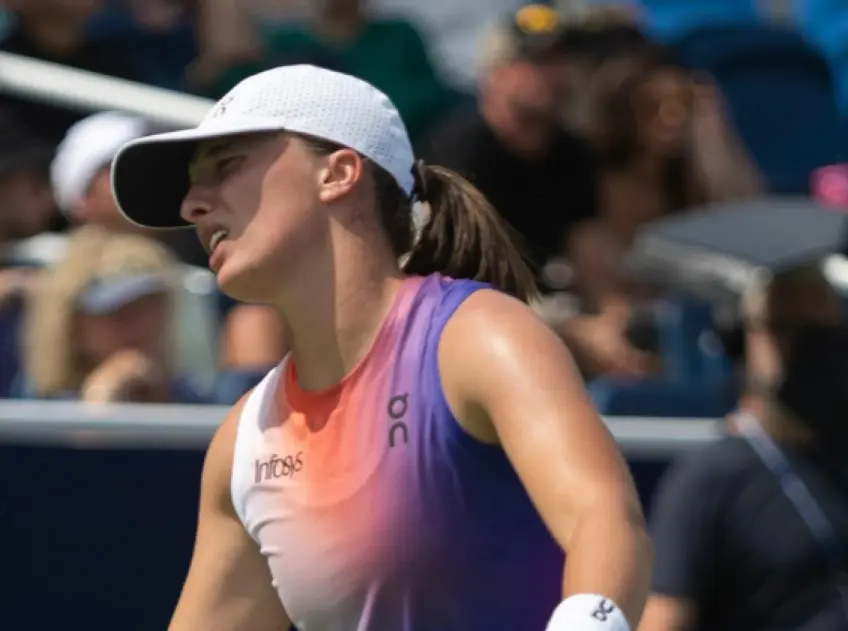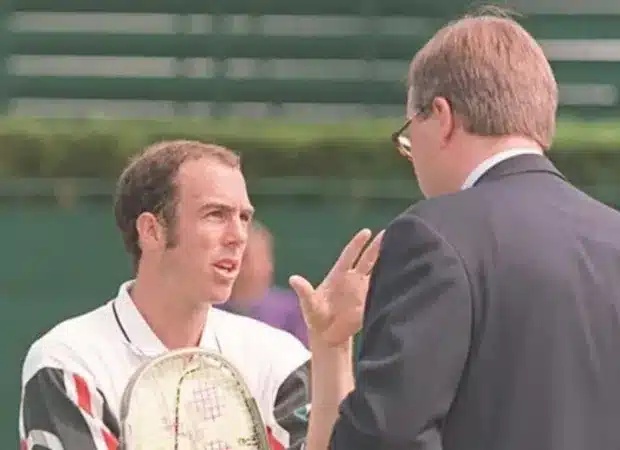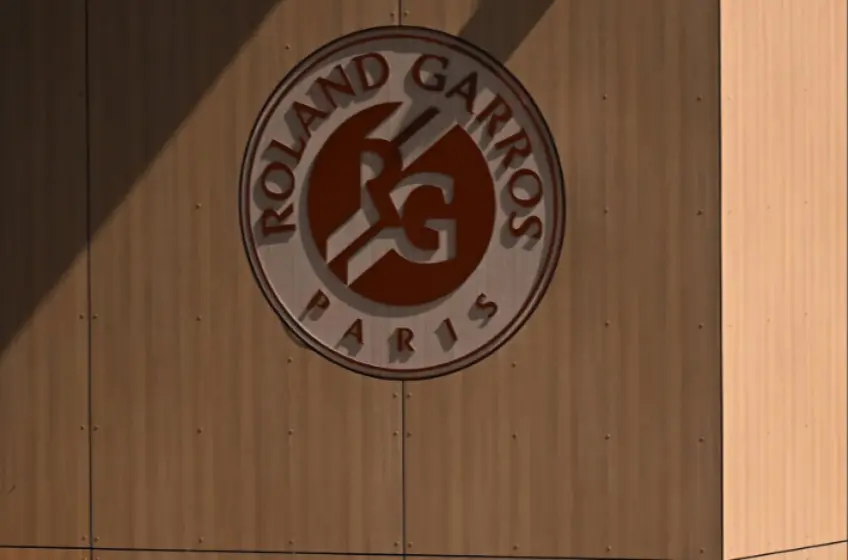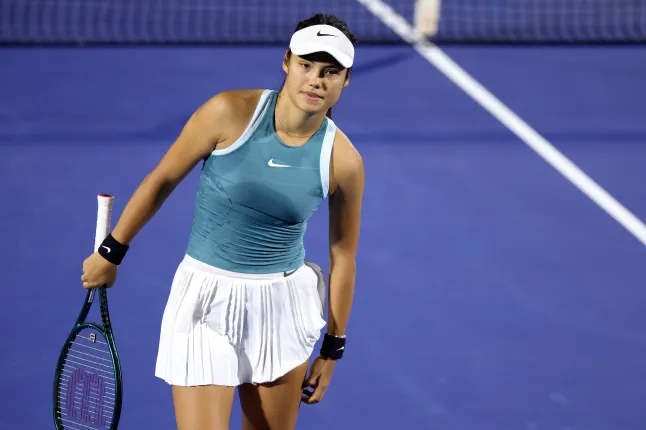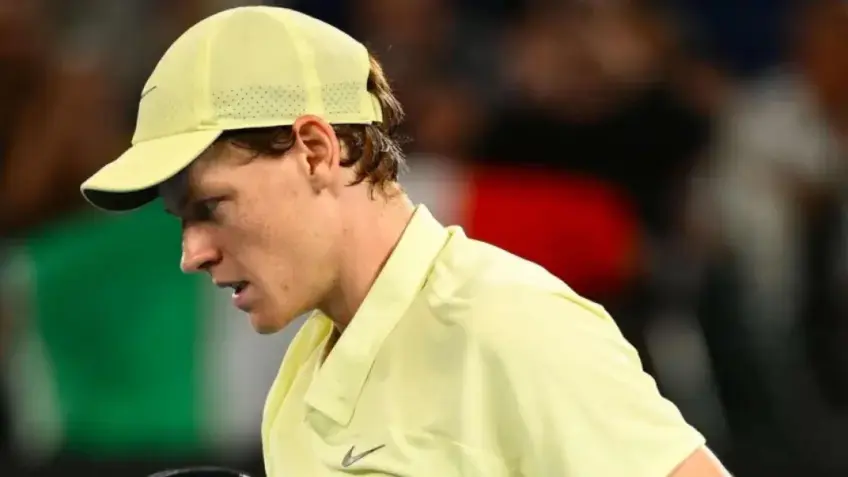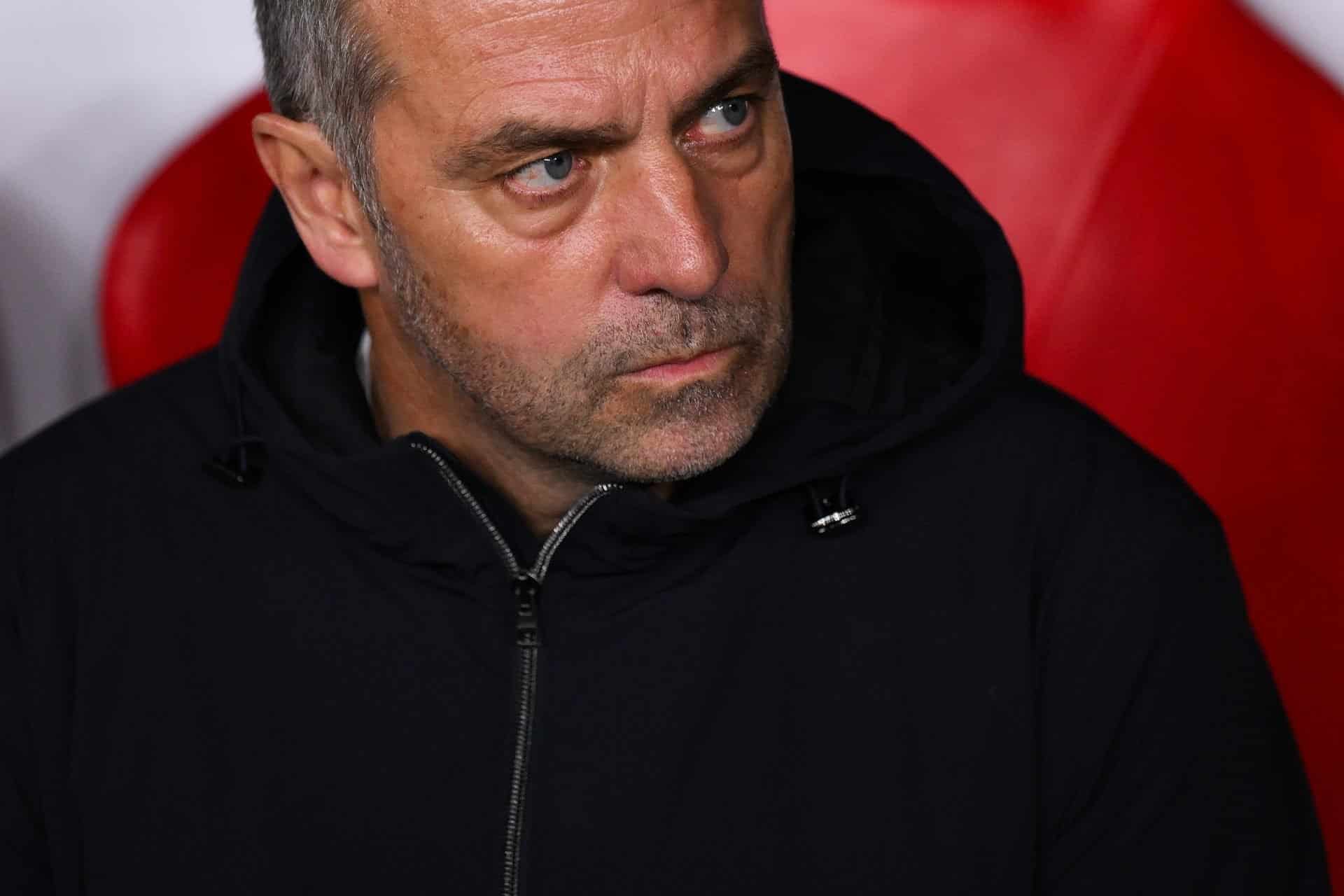Iga Swiatek has directly blamed the tennis schedule for her quarterfinal exit in Dubai, stating bluntly that under such conditions, “anybody can win these tournaments.”
The world No. 2 fell to 16-year-old Mirra Andreeva in a 6-3, 6-3 defeat on Thursday, marking her second surprising loss in the Middle East swing. Just last week, Swiatek was knocked out in the Doha semifinals with a heavy 3-6, 1-6 loss to Jelena Ostapenko.
Following her latest setback, the 23-year-old was clear about what she believed caused her struggles.
Notably, Swiatek was not the only top player to struggle in Dubai—Aryna Sabalenka exited in the round-of-16, while Coco Gauff was upset in her opening match.
Swiatek: It’s a calendar thing… Anybody can win
“For sure it’s a calendar thing,” the five-time Grand Slam winner said.
“Like, we’re not going to be able to be consistent for many years playing week by week. Also, it’s not like some time ago that outside of, like, top-20 players, they were just getting destroyed more.
“Now anybody can win these tournaments. It is like that since couple of years. But I feel like for sure the calendar is not helping.
“Again, like, we need to switch continents, we need to switch surfaces, we need to switch the balls. Yeah, it’s not easy. I’m not surprised.”
Against Mirra Andreeva, Iga Swiatek struggled on serve, getting broken four times while converting just one of her eight break point chances.
Clearly, the 23-year-old was far from her usual level.
“Honestly, I’m not that direct usually, but I would blame this performance on the lack of practice before because I didn’t have time,” the Pole added.
Next for Swiatek is the WTA 1000 event in Indian Wells, where she looks to defend her title.
‘Every woman has fear’ – why risks facing female athletes remain
British tennis star Emma Raducanu hiding behind the umpire’s chair after noticing a man with a history of “fixated behavior” was a troubling sight.
The incident underscored the ongoing safety concerns female athletes face.
Police detained the man at the Dubai Tennis Championships on Tuesday, issuing a restraining order against him.
“When you know it can get that far, that you feel a person is so obsessed with you, that they’ll find a way into your court, it’s very, very stressful,” former Wimbledon champion Marion Bartoli told BBC Radio 5 Live.
BBC Sport examines why female athletes continue to have safety concerns, the existing security measures in place, and what more can be done to enhance their protection.
The ‘extra risk’ faced by female athletes
According to the UK’s Office of National Statistics, around one in five women experience stalking in their lifetime.
For high-profile public figures, the risk is even greater, and several female tennis players have faced predatory behavior in recent years.
Emma Raducanu, 22, has previously been targeted, with a man receiving a five-year restraining order in 2022 after walking 23 miles to her home.
Fellow British player Katie Boulter has shared how she was followed both by car and on foot, while American players Danielle Collins and Sloane Stephens have also spoken out about the harassment they’ve endured.
Former Wimbledon champion Marion Bartoli recalled a disturbing experience in 2007, when a man followed her across the British grass-court season, showing up at events in Birmingham and Eastbourne before disguising himself as Wimbledon groundstaff to get closer to her.
“He found a way to purchase the same kit and get himself into my courts,” she added.
“I recognised him during my first-round match against Flavia Pennetta and I pointed it out straight away.
“I said he was not a groundsperson, he was not working there, he was someone who has been stalking me for three weeks.”
“That’s not restricted to the more visible women – but the more visible you are, the greater that risk is and feels,” she said.
“In sport, we have the situation where your body is very much on show so it makes for extra risk.”

